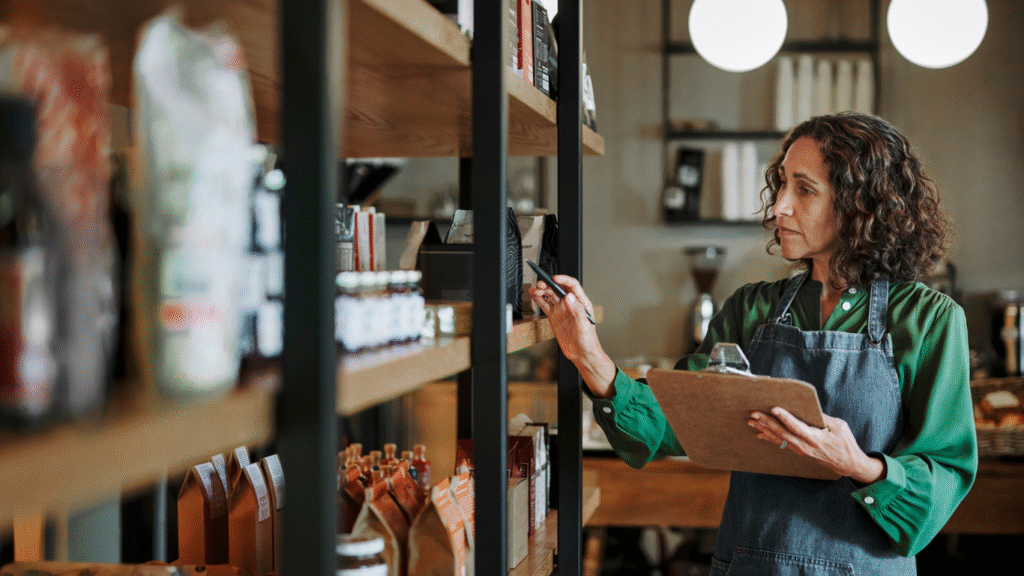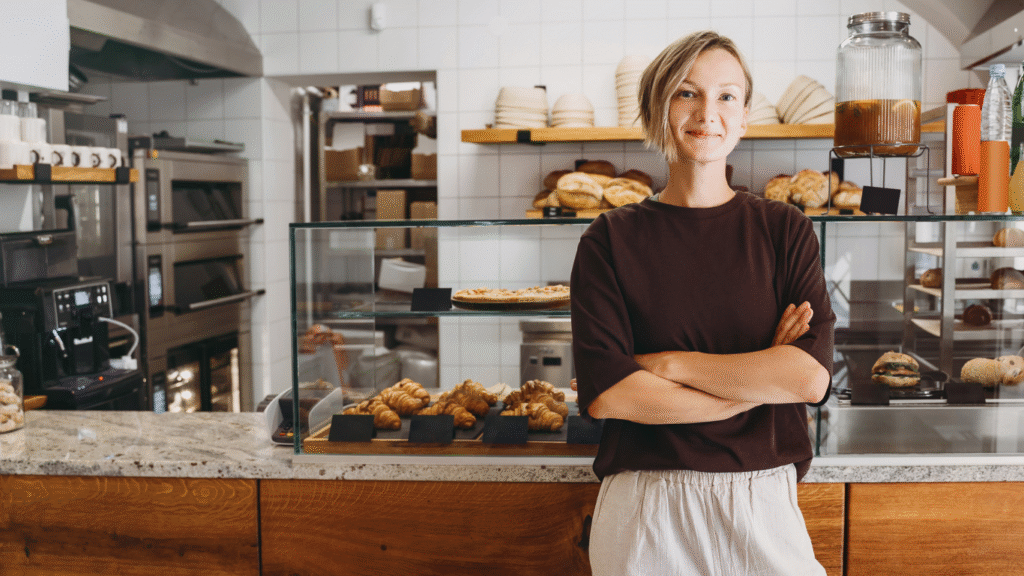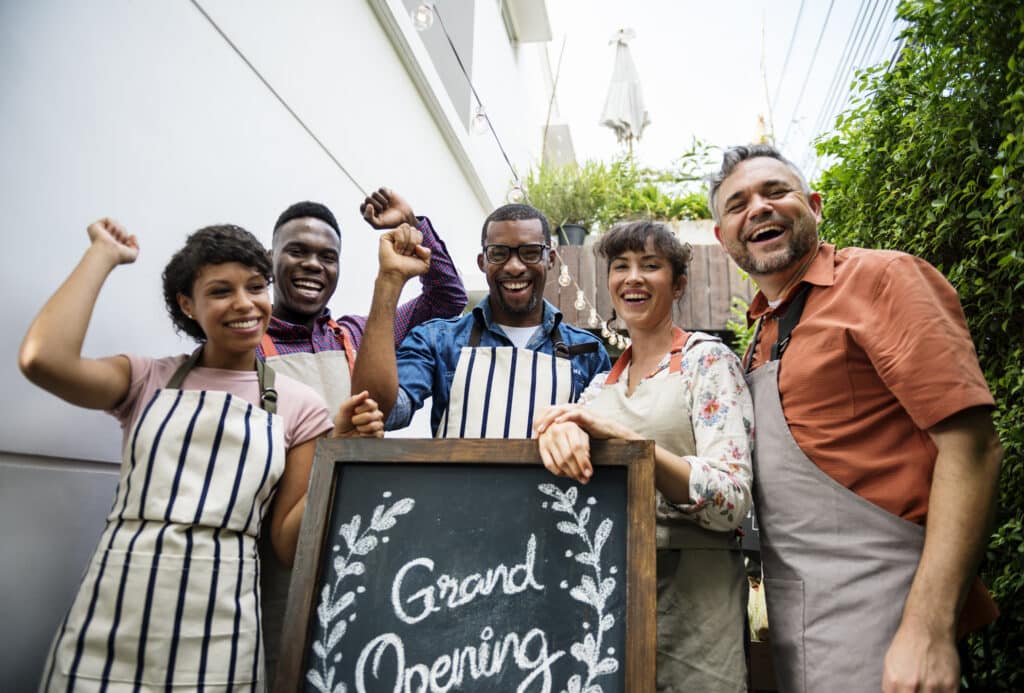Reviving the Charm of Mom and Pop Stores: Why They Still Matter
08/19/2025
The Heartbeat of Local Communities | Mom and Pop Stores
Mom-and-pop stores have always been more than just places to shop. They are a reflection of community spirit, family values, and cultural traditions. These small, family-run businesses often pass down not only goods but also stories, recipes, and ways of life.
In a world dominated by convenience-driven online shopping and the seemingly endless aisles of big-box retailers, it’s easy to forget the simple joys of walking into a local shop where someone knows your name, asks about your family, and remembers your usual order.
The question today isn’t just whether mom-and-pop shops can survive—it’s how we as communities can help them thrive in modern times.
What Exactly Is a Mom and Pop Store?
When people say “mom-and-pop shop,” they often picture a quaint corner store with vintage shelves and a friendly couple behind the counter. And while that image isn’t wrong, the definition stretches further.
A mom-and-pop store is:
- Family-owned and operated – often by one generation, and sometimes handed down through several.
- Small in scale – limited staff, smaller inventories, and a focus on local customers.
- Rooted in community – they often reflect the culture, tastes, and needs of their neighborhoods.
- Relationship-driven – built on loyalty, familiarity, and personal touch.
These stores can be anything: bakeries, bookshops, hardware stores, corner groceries, boutiques, coffee houses, or repair shops. They’re defined less by industry and more by the personal connection they create.

The Legacy: How They Shaped Our Culture
Before globalization and online shopping, mom-and-pop businesses were the norm. They shaped local economies, provided jobs, and created spaces where people gathered—not just to buy, but to talk, trade stories, and strengthen bonds.
In small towns, the general store was often the heartbeat of the community. In big cities, mom-and-pop shops gave neighborhoods their character. Imagine New York without its delis, Paris without its family-run bakeries, or small-town Canada without the family-owned hardware store that knows which tool you need before you even finish describing the problem.
They remind us that commerce doesn’t have to be impersonal. At their best, these businesses are cultural time capsules that preserve traditions while adapting to the future.
Why Mom-and-Pop Shops Stand Out
So why do these shops feel so different compared to chain stores? The magic is in the details.
- Personal Service
Owners and employees know their customers by name. They remember preferences, notice new faces, and go the extra mile. - Unique Products
Unlike chains that stock mass-produced items, mom-and-pop shops often carry local goods, artisanal products, or specialty items. - Community Connection
They sponsor little league teams, donate to fundraisers, and know what’s happening in the neighborhood. - Atmosphere
From the smell of fresh bread to the shopkeeper’s warm greeting, the experience feels authentic and human.

Personal Stories: The Heartfelt Connection
Everyone who shops locally has a story. Maybe it’s the coffee shop where the barista remembers your favorite drink, or the bookstore where the owner slips a handwritten note into your bag with a reading recommendation.
For many, these moments are small but significant. They make people feel seen and valued, something that can be hard to find in the anonymity of online checkouts or self-serve kiosks.
When errands become encounters with friends, loyalty naturally follows. Customers aren’t just buying a product—they’re investing in relationships.
The Branding Edge: Storytelling and Atmosphere
For today’s mom-and-pop stores, branding isn’t about competing with billion-dollar ad campaigns. It’s about telling a story—their story.
- Visual identity – A simple but distinct logo and store design that reflects the store’s personality.
- Storytelling – Sharing the history of the business, whether it’s a bakery using recipes passed down for generations or a bike shop started out of someone’s garage.
- Audio branding – Music, jingles, or even a familiar greeting can create an emotional anchor for customers.
Branding isn’t fluff—it’s how small businesses communicate their values and set themselves apart.
Customer Service: Their Secret Weapon For Mom and Pop Stores
Big-box retailers win on price and convenience, but they can’t compete with the human side of customer service.
- A mom-and-pop store owner may walk you through how to use a product, lend you a temporary replacement, or order something special just for you.
- Feedback is acted upon immediately—no corporate ladder to climb.
- Customers feel their voices matter.
This attentiveness turns casual buyers into lifelong patrons.

The Challenges in Today’s Market
Running a mom-and-pop store has never been easy, but modern challenges make survival even harder:
- Online competition – Amazon and e-commerce giants dominate through pricing and convenience.
- Big-box pressure – Chains leverage bulk buying power to undercut prices.
- Technology gaps – Some mom-and-pop stores are slow to adopt online ordering, digital payments, or social media.
- Rising costs – Rent, utilities, and wages squeeze profit margins.
- Limited marketing budgets – Competing against big companies with million-dollar ad campaigns is daunting.
Despite this, many small businesses remain surprisingly resilient. They innovate, adapt, and rely on their communities for support.
How Communities Can Revive and Support Them
The future of mom-and-pop shops doesn’t just depend on owners—it depends on us.
Here’s how communities can help:
- Shop local first. Even shifting part of your spending makes a difference.
- Spread the word. Share your favorite shops on social media, write reviews, and recommend them to friends.
- Participate in events. Local markets, pop-ups, and festivals often feature mom-and-pop shops.
- Encourage collaboration. Imagine a local coffee shop partnering with a nearby bakery, or a bookstore hosting an event with a local artist.
Communities that rally behind their small businesses reap the rewards: stronger economies, unique local culture, and neighborhoods with real identity.
The Role of Technology in Their Revival
Modern tools don’t have to be barriers—they can be lifelines.
- Social media marketing – Platforms like Instagram and Facebook allow small shops to showcase products and tell their story for little to no cost.
- E-commerce lite – Shopify, Etsy, and Squarespace make it easier than ever to sell online without massive overhead.
- Digital payments – Accepting mobile payments and tap-to-pay adds convenience.
- Loyalty programs – Simple apps or punch cards can encourage repeat business.
Blending tradition with technology ensures mom-and-pop shops remain relevant while preserving their unique character.
Case Examples: What Success Looks Like
- The Local Bakery
Once struggling, they started sharing daily specials on Instagram stories. Within months, their foot traffic doubled because customers wanted to grab items before they sold out. - The Independent Bookstore
By hosting community events—book clubs, poetry nights, author readings—they became a cultural hub, drawing consistent traffic even in the era of e-books. - The Neighborhood Hardware Store
Instead of competing on price with Home Depot, they leaned into expertise, offering advice, workshops, and tool rentals.
These examples show that creativity, connection, and a willingness to adapt can keep mom-and-pop stores thriving.
A powerful Canadian example of how small businesses enrich communities is Cape & Cowl Comics & Collectibles in Sackville, Nova Scotia. Founded in 2014 by Jay Aaron Roy, the shop goes far beyond selling comics—it has become a safe and welcoming space for LGBTQ+, at-risk, and disabled youth. By hosting storytelling events, Dungeons & Dragons clubs, sensory-friendly gatherings, and showcasing locally made collectibles, Cape & Cowl has transformed into a community hub where belonging and creativity thrive. This example highlights how mom-and-pop businesses can play a role that big-box stores and online retailers never could: providing connection, culture, and care at the heart of a neighborhood. It’s proof that supporting local shops isn’t just about economics—it’s about investing in spaces that nurture identity, community, and resilience.
Another inspiring example is Salmon n’ Bannock in Vancouver, British Columbia, founded in 2010 by Inez Cook, a Sixties Scoop survivor. As the city’s only Indigenous restaurant, it is staffed entirely by Indigenous people and sources ingredients from Indigenous-owned producers, making it both a business and a cultural bridge. Beyond serving meals, Salmon n’ Bannock supports families through Indigenous feast boxes and participates in fundraisers like “Feed Your Spirit”, reinforcing its role as a hub for cultural affirmation and community care. This shows how small, independent businesses can preserve heritage, foster inclusion, and create meaningful spaces that extend far beyond commerce. Like other mom-and-pop enterprises, its success underscores the unique value these shops bring by blending tradition, resilience, and community support.

Looking Ahead: The Future of Mom-and-Pop Shops
The future won’t look like the past, but that doesn’t mean mom-and-pop shops are destined to disappear.
- Hybrid models will emerge: brick-and-mortar paired with online ordering.
- Niche focus will become a strength—selling what big stores can’t.
- Community integration will deepen, as these shops double as gathering spaces and cultural anchors.
By striking a balance between heritage and innovation, mom-and-pop stores can secure their place in tomorrow’s economy.
Conclusion: Why They Still Matter
Mom-and-pop stores are more than small businesses—they’re cultural landmarks, social spaces, and economic lifelines. They remind us that commerce isn’t just about efficiency; it’s about human connection.
Their survival depends on a partnership: owners who adapt and communities who support them. When we choose local, we’re not just buying products—we’re investing in people, stories, and traditions.
The charm of mom-and-pop stores isn’t just nostalgia—it’s a blueprint for a more personal, connected, and sustainable future.
Let’s optimize your workflow together
"*" indicates required fields